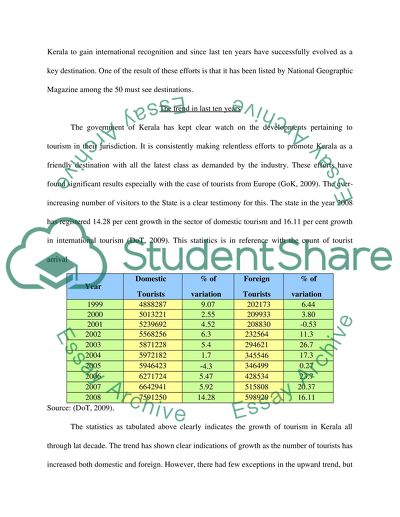Cite this document
(“The Business of Tourism Assignment Example | Topics and Well Written Essays - 2000 words”, n.d.)
Retrieved from https://studentshare.org/sociology/1519063-the-business-of-tourism
Retrieved from https://studentshare.org/sociology/1519063-the-business-of-tourism
(The Business of Tourism Assignment Example | Topics and Well Written Essays - 2000 Words)
https://studentshare.org/sociology/1519063-the-business-of-tourism.
https://studentshare.org/sociology/1519063-the-business-of-tourism.
“The Business of Tourism Assignment Example | Topics and Well Written Essays - 2000 Words”, n.d. https://studentshare.org/sociology/1519063-the-business-of-tourism.


